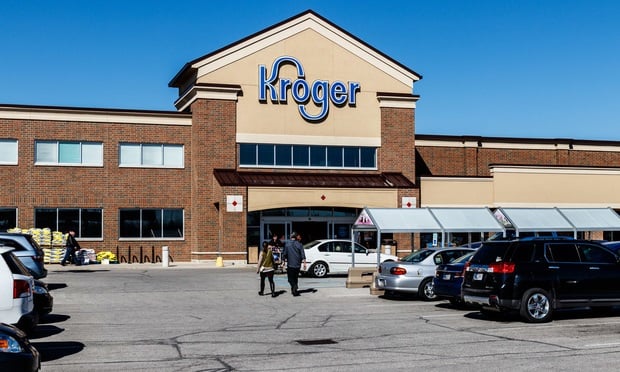A similar report by Commercial Colorado brokers Chris Phenicie and David Hart also show the vacancy rate at 32%. But, brokers at Fuller and Co. predict the corridor will soon hit a 40% vacancy rate and may top out at 50% before starting to subside. Both companies agree that the market is moving so fast that it is hard to keep track of it.
Phenicie and Hart say that the market will remain mired in the 31% to 33% range for the next year or so, but won't get any worse. They're relatively optimistic because of increased demand from prospective tenants in June and July.
"This is partly due to natural market demand and the attractiveness of certain deals in the marketplace," says Phenicie. He says "the sustainability of the market demand, which increased to nearly 650,000 sf of active tenants during the past six weeks, is attributed to the type of tenants currently looking for space. Whereas before, 80% of the tenants in the market were high-tech oriented, today that number is reversed."
Mostly, space takers are engineering firms, consultants, law firms, proprietary software firms and energy-related businesses. With the change in tenant profiles comes a reduction in space needs: A year ago, it was 30,000 sf to 50,000 sf and today it's 10,000-sf to 20,000-sf users. "The obvious result of this activity is a market that will become highly diversified and less dependent on a single industry group," says Phenicie. "The effect of this diversification will trickle down and solidify other aspects of the Denver Boulder corridor market including retail and residential housing."
Phenicie and Fox anticipate about 400,000 sf of new deals will be signed by the end of the year. "This absorption will be comprised of direct leases, subleases and building sales," Phenicie says. The team is predicting about 1.7 million sf of new space will be added to the existing 3.4 million sf, taking the total market to roughly 4.6 million sf by year's end. Of the 1.17 million sf coming on line, only 160,000 sf is pre-leased, they say.
"The net effect of this market activity is an expected vacancy rate of approximately 31% at the end of 2001" Phenicie projects. By mid-2002, he expects a vacancy rate of 17%. And by the end of next year, it should be in the 8% to 10% range.
Want to continue reading?
Become a Free ALM Digital Reader.
Once you are an ALM Digital Member, you’ll receive:
- Breaking commercial real estate news and analysis, on-site and via our newsletters and custom alerts
- Educational webcasts, white papers, and ebooks from industry thought leaders
- Critical coverage of the property casualty insurance and financial advisory markets on our other ALM sites, PropertyCasualty360 and ThinkAdvisor
Already have an account? Sign In Now
*May exclude premium content© 2024 ALM Global, LLC, All Rights Reserved. Request academic re-use from www.copyright.com. All other uses, submit a request to [email protected]. For more information visit Asset & Logo Licensing.








